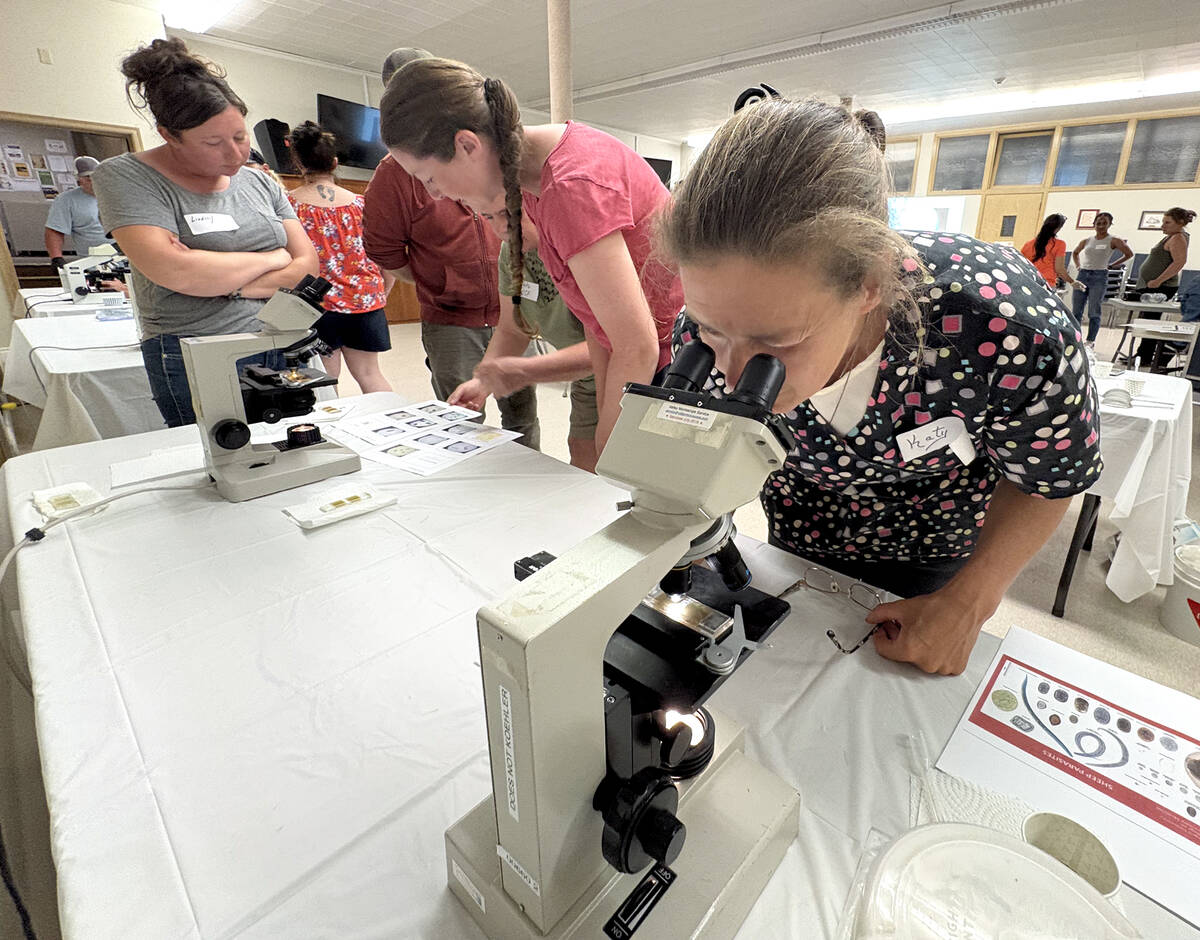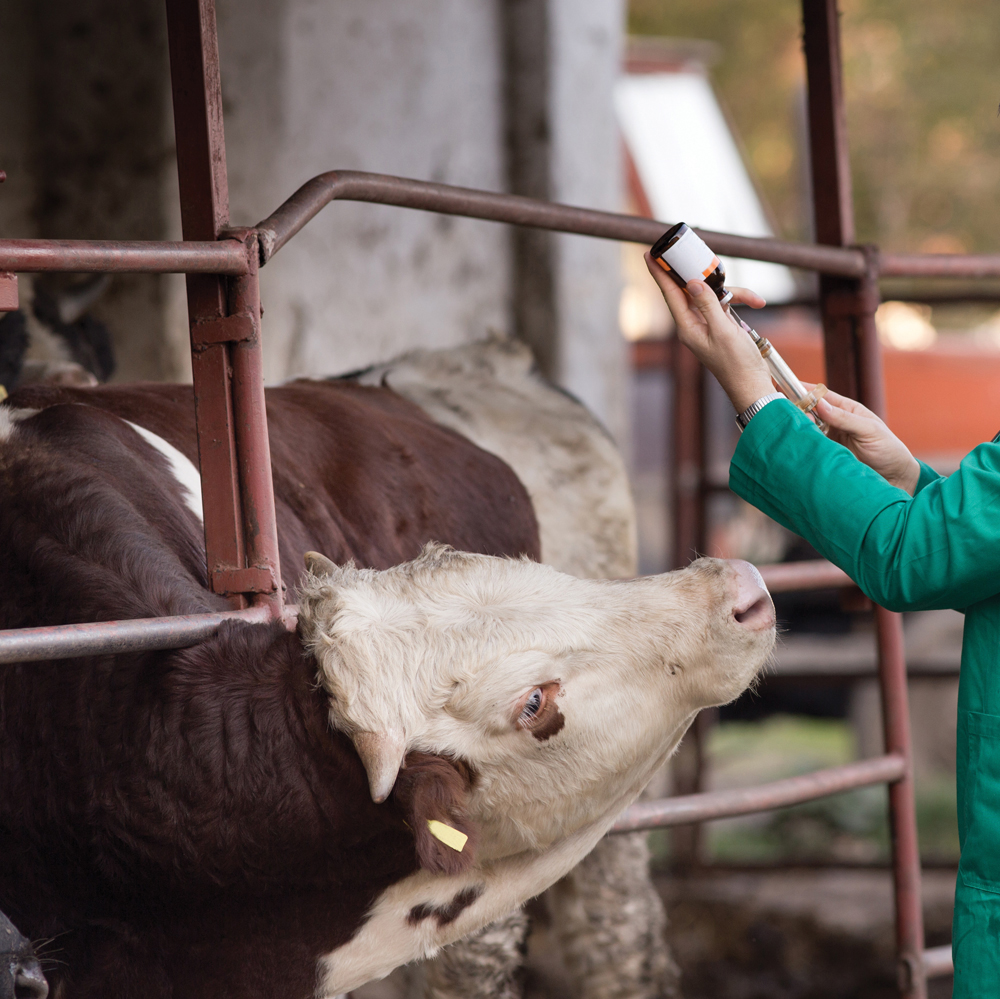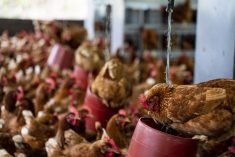There’s no hard deadline, but the federal government is going to begin reforming antibiotic use in animals this fall.
Federal Health Minister Jane Philpott says the government wants to make changes to protect antibiotics that are important to human health.
Without change, deaths linked to diseases that become resistant to modern medicines could outstrip those caused by cancer by 2050, Philpott told the recent annual meeting of the Canadian Meat Council.
She did acknowledge that the livestock sector is ahead of the regulations and praised the sector for being proactive.
Read Also

Smart deworming for sheep starts with individual fecal egg counts
Fecal egg count tests are one step to managing dewormer resistance and managing sheep parasites on Canadian sheep farms to maintain flock health.
From her comments, it appears Health Canada will take steps that are in line with measures animal health and livestock groups have already recommended to reduce antimicrobial resistance (AMR).
“We’ll tighten the regulations on the use of antimicrobials in agriculture,” Philpott said.
At the top of her list is ending own use imports of many veterinary drugs by farmers. She also highlighted requiring prescriptions for all veterinary medicines and ending growth promotion claims.
In early July, Health Canada announced the contents of proposed policy changes to better control the use of antibiotics in agriculture. That’s one, but not the only, source of antimicrobial resistance. Overprescription of medicine to humans is considered by many experts to be a greater factor.
It’s generally thought the changes will come into effect during 2017.
Vets on board
At a conference during the summer, the Canadian Veterinary Medicine Association heard that with rising incidence of AMR, veterinarians must balance what is best for the animal with what is best for the public interest.
The CVMA and the Canadian Council of Veterinary Registrars have developed a framework to guide veterinarians in meeting federal regulations when they’re enacted. It covers diagnosing, prescribing, using antimicrobials, dispensing, maintaining medical records and other stewardship requirements.
Dr. Troy Bourque, president-elect of the CVMA, says, the time for being alarmed has passed, and veterinarians now need to step up and make the required changes work.
“Reform will no doubt pose a cultural challenge for practitioners, and stakeholders have legitimate concerns,” he said. “But we will meet the challenge of educating CVMA members and producer groups about the framework, and work with stakeholders, so that we do our part as stewards to protect animals and the public from antimicrobial overuse and resistance.”
Dr. Duane Landals, a member of the CVMA Veterinary Pharmaceutical Stewardship Advisory Group that developed the framework, said AMR is now the driver of conversation in human and veterinary health.
“We need to view this as an opportunity to work together as leaders, and to set an example in human and animal health here in Canada and elsewhere,” Landals said.
That includes eliminating unnecessary antimicrobial use, improving standards of use when these drugs are necessary and improving animal health to reduce the need for antimicrobials.
He stressed that the veterinary practitioner’s role is to use professional judgment when deciding whether a drug is necessary, and to provide directions for use, dosage, duration, method of administration, storage, and use after distribution. All of this should be documented in accessible medical records.
Health Canada says more than three-quarters of antimicrobials are sold for treating animals including pets.
Of these, approximately 90 per cent are used to promote growth or to guard against disease and infection. Globally, the use of antimicrobials in food-producing animals continues to rise, from just over 63,000 tons in 2010 to well over a projected 100,000 tons by 2030. In Canada alone it is estimated that 1.6 million kilograms of antimicrobials were distributed for animal use in 2013.
People who contract infections associated with AMR are at a greater risk of death, more complex illnesses, longer hospital stays and higher treatment costs.
At the same time, AMR can also have animal health implications in terms of increased animal suffering, higher death rates and subsequently economic losses to food animal producers and higher consumer food prices.



















